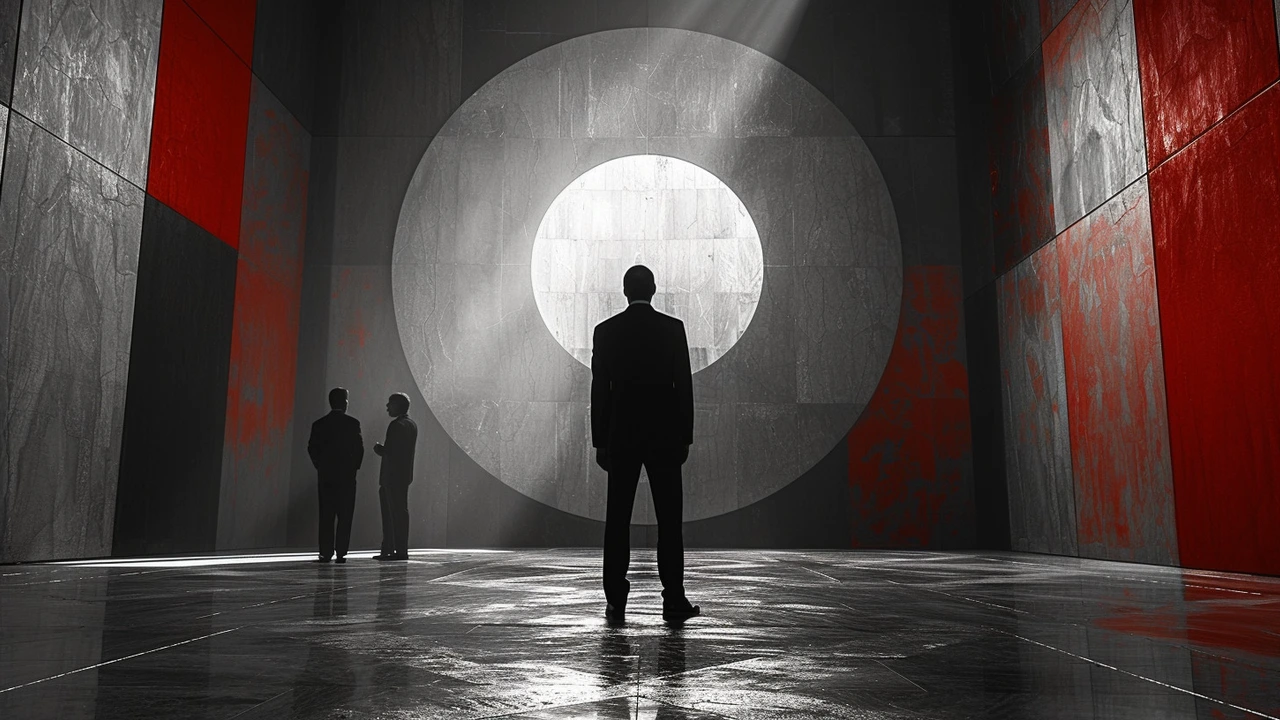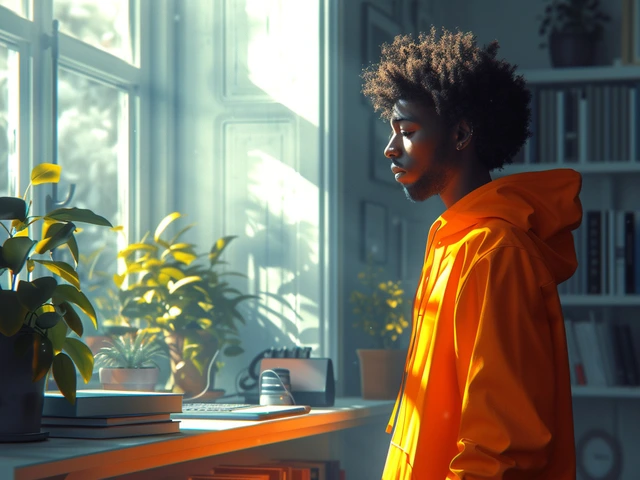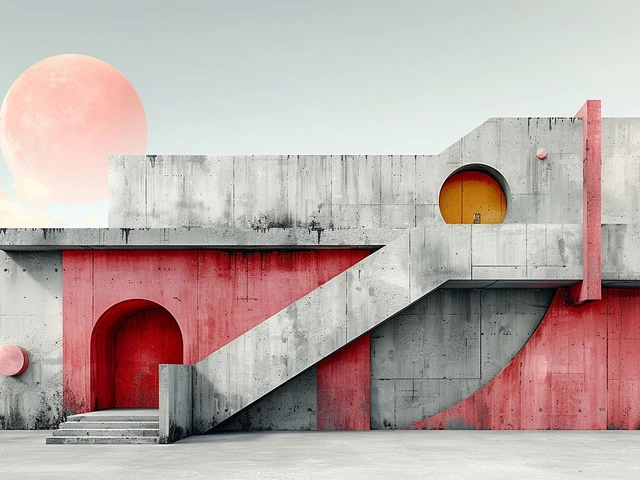The Constructivism Art Movement: A Look Back
As I sip my morning coffee, I often find myself contemplating about the complexities of art and design. For starters, the art movement of Constructivism, which emerged in Russia around 1915, has always intrigued me. This movement was marked by its break from the notion of art as an autonomous expression, instead asserting its potential in serving societal needs, hence its politically charged nature. The artists of Constructivism were unapologetic in their embrace of technology, industrial materials, and geometry, while dismissing traditional artistic aesthetics.
My better half, Isla, who is an artist herself, once mentioned that this radical shift in perspective offered by Constructivism strongly influenced the work of leading designers and architects throughout the 20th century. These visionaries developed new ways of manipulating forms and spaces, embracing abstract geometrical patterns, exaggerated angles, and a strong sense of movement. All these elements were integral to the Constructivism movement, further underscoring its significant impact on modern design.
The Ripple Effect of Constructivism on Today's Design Trends
Fast forward to today, Isla's creative expressions and our shared observations have led me to believe - Constructivism is alive and well in present-day design. In fact, its effects can be felt in countless areas, including architectural, graphics, and even web design. The web design landscape, more than any other field I reckon, borrows greatly from this particular art movement.
Why, you ask? Because the principal revolutionary idea of Constructivism, 'Art for art's sake, is a rejected perspective', and who in this digital age does not align with that? Web designers, in particular, design not just to create visually appealing websites, but to achieve effective user experiences. They construct sites that elicit needed responses from viewers; this purpose-driven design is a vital essence of Constructivism art.
Geometry and Balance – How Constructivism is Redefining Aesthetics
Geometry was one of the fundamental cornerstones of the Constructivism movement. As I gaze upon the architecture of the buildings around me, I cannot help but notice vibrant rectangles, squares, sharp angles, and lines that cut across the sky. All these are traces of Constructivism that we see in today's architectural designs – it’s hard to unsee once you know what to look for!
In tune with this dynamism, Isla highlighted a beautiful aspect - the precariously arranged forms in Constructivist art that miraculously find a balance. Similarly, in design today, we thrive on chaos while aspiring for a visual balance. Even our clothes often boast a medley of contrasting color blocks, angular prints, and asymmetric cuts, which are reminiscent of the elegant chaos of Constructivist aesthetics.
Constructivist Philosophy – A Game-changer in Logo Design
Remember when I helped Isla design her brand logo? Little did I know then that I was allowing the Constructivist philosophy to guide my creative process. The design seamlessly combined geometric shapes, and the typography was purposefully chosen to communicate her brand values. The design was straightforward, functional - it was all form and functionality, very Constructivist indeed.
Major companies have also adopted this philosophy. Just look at the streamlined logos of tech giants; their minimalist approach clearly resonates with Constructivist values of purposefulness and simplicity. See how the ripples of this old art movement are making waves in the ocean of modern design?
Typography and Content Layout – Constructivism's Widespread Influence
In the world of graphic design, the Constructivist impact is indeed no less significant. The movement introduced the radical idea of integrating text and image as one entity. This notion pushed the boundaries and paved the way for various innovative techniques in poster and advertisement design.
Ads, brochures, magazines, you name it. They all carry the heavy imprint of Constructivism. Clearly divided sections with distinct headers, bold typography, and the strategic intertwining of text and image – all a direct nod to this wonderful art movement.
Web Interfaces – The Playground of Constructive Designs
Web design is yet another platform where the influence of Constructivism is clearly visible. I'm absolutely fond of how designers cleverly use geometric shapes, angular designs, and bold typography - constructing a virtual world using Constructivism's building blocks.
Moreover, visual hierarchy is further enhanced with the use of dynamic and varying shapes. Based on the Constructivist principle of breaking the prejudice of form, our web interfaces today are free to explore unconventional layouts. A revolution, indeed!
Final Thoughts – A Constructivist World
In conclusion, Constructivism's powerful historic force extends far beyond its time, becoming an epochal influence in shaping modern design. In fact, I venture to say, that we live in a Constructivist world. It always amuses me how I can trace back the elements of everyday designs to an art movement that thrived a century ago.
Perhaps, at the end of the day, it makes us reflect on how art and design are intertwined, and how they transcend time. So next time when Isla and I visit contemporary art exhibitions or merely walk down a city street, I hope to see through the lens of this extraordinary period in art history – the Constructive approach, if you will.



